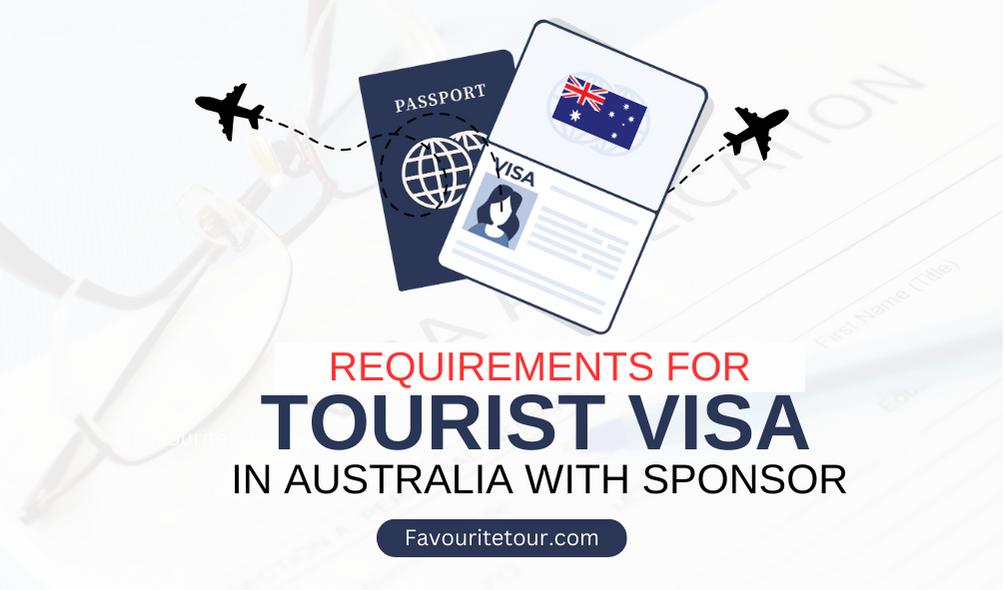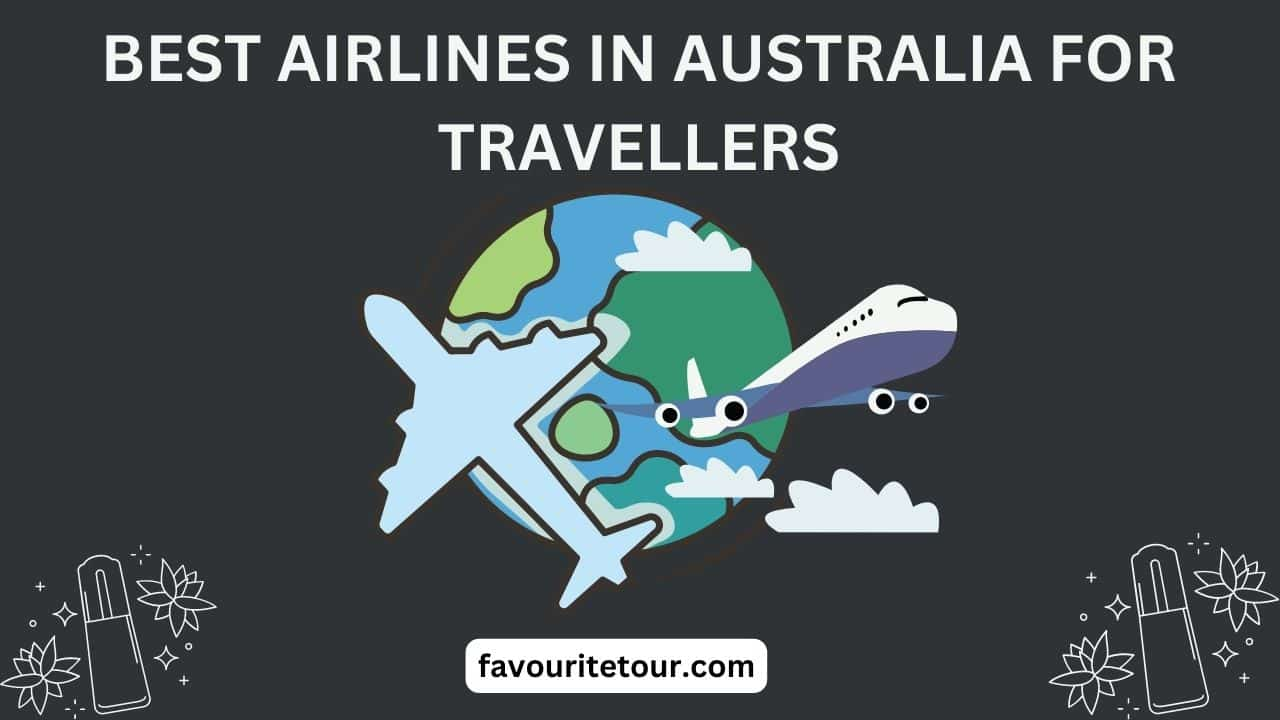One of the best adventures in life is embarking on a journey to new places. Whether you’re a seasoned traveler or a first-time adventurer, the excitement of planning a trip may be just as exciting as the trip itself.
Among the excitement, though, is a critical factor that may make or ruin your travel experience: Planning. The art of good travel planning is the key to a successful and memorable journey. Instead of dealing with unexpected obstacles, imagine stepping off the plane or train completely equipped and eager to explore.
Various factors must be considered while planning a trip, including acquiring a visa, determining transportation alternatives, arranging lodging, and obtaining local currency. This frequently results in substantial stress.
This stress, ironically, appears to contradict the fundamental aim of vacation: relaxation and recovery. I can personally relate to this sentiment, having been through it countless times.
However, the process has provided me with vital insights, and I’m here to give direction and help. In this article, I will be providing you with 10 easy steps on how to plan a travel that will not be forgotten in a hurry.
I will also be adding one bonus point at the end of the list, so be sure to reach the end of the page. So, before we get down to how to plan a travel, I’d like to share some advantages of planning your journey;
RECOMMENDED >>> Top 10 Best Road Trip Planning Apps
Table of Contents
Why You Should Plan Your Travel
There are several reasons (or, should I say, benefits) attached to planning a trip, and here are a few;
Reduced Stress and Anxiety
Carefully planning a trip allows you to foresee and solve potential challenges in advance, reducing last-minute panic and anxiety. When you have a well-thought-out travel plan, you’re more likely to feel confident and relaxed, knowing that you’ve considered various scenarios and made necessary arrangements.
Optimized Budgeting
Planning a trip allows you to create a realistic budget for your vacation, taking into account expenses such as lodging, transportation, activities, and meals. You can make informed judgments, prioritize spending, and avoid overspending if you have a clear financial plan. This results in a more cost-effective and delightful travel experience.
Maximized Time and Experiences
Planning a trip ahead of time allows you to make the most of your time at your destination. You can create a well-balanced plan that guarantees you don’t miss out on must-see monuments or local experiences by researching and planning activities, attractions, and sights. As a result, your trip will be more enriching and enjoyable.
Enhanced Safety and Preparedness
Planning a trip involves investigating your destination’s safety conditions, learning local customs and laws, and ensuring you have all necessary documentation and travel insurance. This level of preparedness allows you to confidently navigate unfamiliar settings, boosting your safety and well-being throughout your journey.
Personalized and Unique Adventures
When planning a trip, you have the option of tailoring it to your preferences and interests. You can select accommodations that reflect your personality, prioritize activities that appeal to you, and discover lesser-known locations.
Now let’s see how to plan a travel in 10 easy steps.
Where do I start when planning to travel?
Planning a trip can be exciting, but it can also feel overwhelming! The initial step is determining your destination and the type of experience you desire. Are you yearning for serene beach days, electrifying city exploration, or a deep dive into a foreign culture? Answering this crucial question sets the foundation for crafting your ideal itinerary.
We’ll get into the specifics of planning your dream adventure in the next leg of our conversation, so get ready to transform your travel aspirations into reality!
How To Plan a Travel
As stated at the beginning of this article, I will be giving you 10 steps on how to plan a travel, and an extra action I have always included in my travel plans. Without further ado, let’s get right to it.
Step 1: Choose Your Destination

The first step in this guide on how to plan a travel is choosing a location. Before traveling, you need to know where you want to go first. Choosing your desired destination creates a target to work toward.
Many people talk uncertainly about travel. They never say where they’re going; they just say they’re going. Choosing a destination is critical since it gives you a clear goal.
“I’m going to Barcelona in the summer” is a lot simpler to mentally get behind than “I’m going to Spain” or “I’m going somewhere.” Not only will your vacation become more specific and simpler to commit to, but it will also make planning easier because you’ll know what to aim for.
Make your plans as specific as possible. The more specific and concrete your aim, the easier it will be to achieve it.
Step 2: Decide the Length of Your Trip
Now, after deciding where you want to go, the next thing you want to do is set the time frame of your journey. Whether you’re going on a one-month vacation, relocating somewhere else, or visiting a friend, you need to decide how long it will take now.
The length of your journey will play a significant role in determining how much money you will require. Spend some time thinking about it until you have an answer.
For instance, after saying “I’m going to Barcelona this summer,” add “for X days.” That way, you can begin to narrow down how much money you’ll need to save. “I’m going to Barcelona for ten days” is a journey you can arrange.
Step 3: Set a Budget
One common mistake many travelers make is not setting a budget for a particular journey. I developed this habit because I was intentional about money management, and so I made a budget for basically everything that has to do with money.
Now there are many things to put into consideration when making a budget, like: Are you being accommodated or will you lodge in a hotel? How much do hostels, hotels, restaurants, and attractions cost?
Knowing all of these can help you make a budget for how much money you will need for the journey and also set a goal to save.
Step 4: Save for the Travel

Now that you know where you want to go, how many days you will spend there, and how much you will need for the whole journey, the next step on how to plan a travel is to make the funds available by saving.
If you already have the money for this journey, you can skip to the next section, but if not, then it’s time to get your grind on and save up for your journey. Before you can start saving money, you must first understand how much you have and how much you are spending.
Begin by writing down all of your current expenses so you can determine where you are spending money, and how you can cut back. People lose a lot of money every day through small purchases: a coffee here, a snack there, and all of that adds up.
To make changes to your spending habits, you first need to understand them by making a list. Making a list will help you cut your spending, and will also put your financial needs into a better perspective.
Step 5: Create your Itinerary
Finding all the fantastic activities you’ll do once you arrive is always the most exciting aspect of planning a trip! While you’re saving for your trip, you might start planning which days you’ll do various things. What excursions, trips, and sightseeing plans do you have? Or what reservations must you make in advance?
I prefer to make a list of activities I want to do in my destination: a few museums, a couple of cool districts to explore, a few cuisine recommendations, walking tours, and so on.
Plan your itinerary so you won’t have to exhaust yourself in one day. Another advantage of planning your itinerary is, your day-to-day on the trip will be completely organized.
Step 6: Research Accommodation Options
Another important factor to keep in mind when planning a trip is researching accommodation options. You wouldn’t want to arrive at your location and start worrying about where to lodge, so making plans ahead is vital.
Personally, when I plan a trip, I like to book my lodging for the first night so that I don’t have to worry about it after a long journey. However, I know several backpackers who find accommodations once they get to their destination. It is all up to you.
Some years ago, I almost got into trouble in Barcelona when I unexpectedly arrived at a major music festival. Because all of the hostels and cheap accommodations were filled, I had to pay more than my budget for a room.
If you don’t want to book your accommodations ahead of time, make sure to check if the town where you’re going is hosting a special event and adjust your time.
Step 7: Transportation Planning
The next step on how to plan a travel is planning your transportation. If your destination requires taking a flight, this is the best time to book one. And if your journey requires a train or a bus, this is also the right time to make your findings.
If you are taking a flight, you can quickly book one for your set travel date. But if you are to use a train or a bus, you can head to your train station and confirm what time the train leaves the station so you can prepare ahead of time.
Step 8: Pack Your Luggage

After booking your flight or confirming your train departure time, the next thing you want to do is pack your bags. I like to pack my bags at least 12 hours before I leave my house; that way, I will have enough time to select the most valuable things I need for the trip.
When packing your luggage, make sure to start by picking the things you can’t do without on the journey, then move on to other NEEDED things. You wouldn’t want to fill your bags with things that aren’t needed for the trip.
It can be tempting to carry everything with you “just in case,” but when it comes to travel, less is more. You don’t need 8 pairs of shoes or 5 sweaters; you can get by with less, and it’s pretty exciting once you get used to it.
Step 9: Change money (if necessary)

The next step in how to plan a travel is changing currency if needed. Just in case the location you’re traveling to uses a different currency, you might want to withdraw and change some cash to avoid being stranded when you arrive.
You can change currencies in the bank, and mostly at the borders of the country. Be sure to change the money you will need in the new location (according to your budget) so you don’t get stranded.
Step 10: Start and Enjoy Your Journey
Everything is coming together now. It’s time to embark on your journey and have a good time! Head to the airport, board your flight (don’t forget your passport! ), and enjoy the results of your labor.
Don’t be worried if you’re nervous; this is very natural. You’re about to embark on an incredible adventure, which is a significant change.
Every traveler faces anxiety, nervousness, and uncertainty. But it’d get better after the first three hours. Trust your planning and intuition, and you’ll enjoy the trip of a lifetime. I promise you that.
BONUS POINT: Carry Extra Cash
One thing I always do when I’m planning a trip is keep extra cash, or should I say emergency funds. After setting a budget, it is advisable to keep extra funds with you as you can not predict everything that’ll happen on the road or at the destination.
Keeping extra cash with you will make the whole journey worry-free. Even when unplanned expenses arise, you can get it sorted out without sweating it. Also, when you carry extra cash, you can have more fun and explore more opportunities while away.
FAQs
How do I choose the right travel destination for me?
Start by thinking about your interests and preferences. Do you prefer beach vacations, cultural excursions, or adventurous travel? Investigate potential sites, keeping in mind variables such as climate, local attractions, and safety.
Make a list of destinations that match your interests and reduce your options depending on what resonates with you the most.
How can I ensure I stay within my travel budget?
Start by developing a detailed budget for your vacation, including areas such as lodging, transportation, meals, and other activities.
Costs should be researched and compared ahead of time, and budget-friendly choices such as staying in hostels, taking public transit, and cooking some meals should be considered. Also, keep track of your costs while on the road to stay on track.
How do I book a flight?
Visit the airline’s official website. Input your destination and chosen departure date. This action will display a comprehensive list of available flight options and seating arrangements.
Opting for flights with layovers, commonly referred to as connecting flights, can often yield more budget-friendly choices, especially when finances are a primary concern. Once you locate the desired flight, take a moment to evaluate its cost.
While relying solely on the airline’s website is a viable option, it’s advisable to explore alternative avenues for potential deals. You can explore versatile travel platforms like Trivago or Tripadvisor.
Some platforms offer price matching assurance, which means if you encounter a lower fare for an identical flight elsewhere, you can notify the platform and they will present you with a more economical offer.
Conclusion
Congratulations! Through our guide, “How to Plan a Travel in 10 Easy Steps,” you’ve unlocked the key to the perfect travel planning. From picking your destination to smart budgeting, itinerary planning, and safety, you’ve become a travel genius.
As you begin your journey, keep in mind that these steps are more than just logistics; they are the cornerstone for unforgettable experiences.
From bustling cities to tranquil beaches, each adventure is unique to you. Armed with these steps, you’re ready to fearlessly explore the world, gather stories, make memories, and relish the thrill of discovery.
So pack your bags, leave your problems at home, and embark on your new adventure. Bon Voyage, brave traveler—your journey to great adventures awaits!








